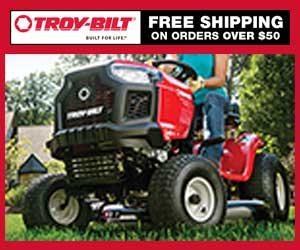Tack & Farm
Our Tack & Farm section features an Apparel section to find both practical and fashionable riding attire. If you ride English & Western or Race, many sources are available in the Tack section.
Building a barn? Need an architect for your equine dream home? Find one in Barns & Stalls.
Have a hungry horse? Of course you do! Find a place to buy your feed and tuck your horse in at night in the Bedding & Feed section. Looking for a place to keep your horse? You can find it in the Horse Boarding section. Keep your horse happy and beautiful with resources in our Grooming section.
Traveling? Find a Shipping company or Horse Sitting service if your horse is staying home!
Running and maintaining a farm or stable is a continuous effort, and to help find products or tools you need, please see our Equipment, Fencing and Management Tools sections.
Seeking Services? Find financial and tax expertise in our Accounting section. Companies who will help protect your investment are found in the Insurance section. For those who want legal advice about purchasing, liability, and other issues, please look at the Equine Law section to find an expert. Build and promote your business with teams from Marketing / Videography / Web Design.
Do we need to add more? Please use the useful feedback link and let us know!
Chuck is back with another episode of the Leather Element! In this video, he goes over a few rare tools you may want to invest in for your shop. Although these tools aren't used as often as our knives and chisels, they're still good to have on hand in case we need them.
Read more: The Leather Element: Rare Tools - Weaver Leathers (8:53)
Daniel Reach is here to answer your questions and share some tips and tricks for keeping your basketweave stamps perfectly straight on any project. With just a few prep steps, like setting a base line and angle line, you'll achieve a neat, precise basketweave in no time! We hope these tips help, and if you have more questions for Daniel, drop them in the comments!
Read more: Keeping a Straight Basketweave Stamp Design - Weaver Leathers (4:27)
This seminar delves into specific horse health problems associated with muddy footing as well as measures to take on your own horse farm to prevent mud and keep your equine facilities clean and safe.
Steve Kraus, Certified Journeyman Farrier (CJF), has served as the Cornell University Hospital for Animals’ Head of Farrier Services since 2010. A lifelong equestrian and polo player, Steve began shoeing horses in 1964, graduated with a degree in Animal Science from the Cornell University College of Agriculture and Life Sciences in 1971, and has had a distinguished farriery career over many decades. In 2016, he was inducted into the International Farriers Hall of Fame.
Ken Estes works as an Ag Program Leader for Cornell Cooperative Extension (CCE) in Livingston County. Ken serves as an expert in natural resources and environmental conservation and operates a Lippitt Morgan horse farm in the county. Ken has combined his passions for environmental sustainability and the equine industry through his work and is committed to improving the welfare of horses while fostering a more environmentally conscious approach to horse management.
Read more: Cornell Equine Seminar - Mud Management on Horse Farms (59:59)
In this Certified Horsemanship Association (CHA) video, Teresa Kackert will help to explain the Two-point, Half-Seat and Light Seat in riding over fences and flat work.
Read more: Two-point, Half-Seat and Light Seat explained with Teresa Kackert (7:05)
- Back in the Saddle
- Breast Collar and Back Cinch Adjustment with Julie Goodnight (6:46)
- Howard Council: A Humble Legend
- How is a Saddle Custom Made for the Rider (5:21) - Saddlefit 4 Life
- The Extraordinary Talent of Bill Knight
- Saddle Fit for Women's Anatomy (2:47) - Saddlefit 4 Life
- Davis Reynolds: Full-Service Saddlemaker
- Saddle Fit Basics: Protecting Your Horse From Ill Fitting Tack (16:01)
- Sizing Up Your Horse Barn and Farm Entranceways for Safety and Security
- The Delight of Keeping Donkeys and How to Care for Them
































